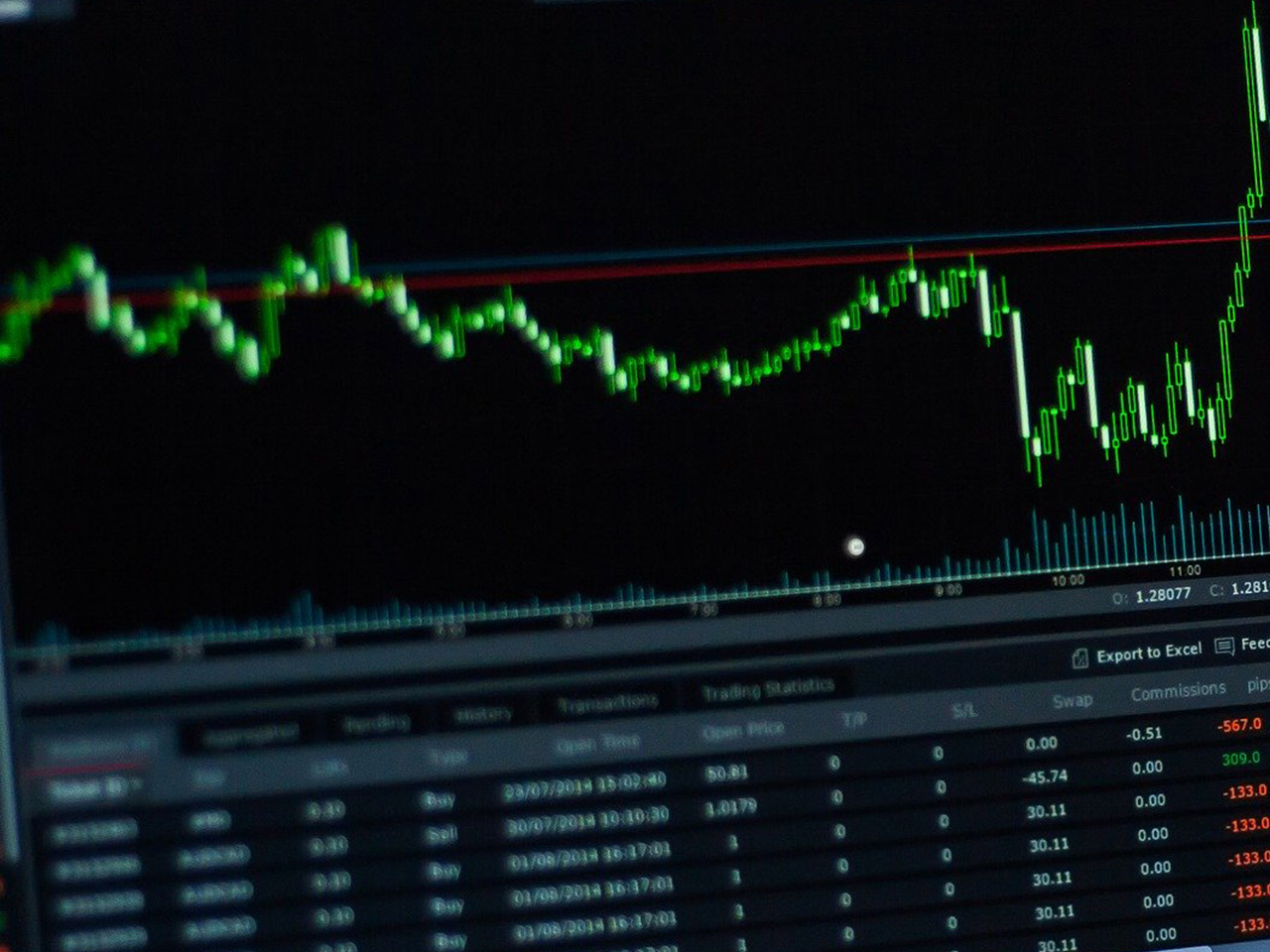J Sainsbury plc, trading on the London Stock Exchange under the ticker SBRY.L, stands as a formidable player in the Consumer Defensive sector, specifically within the grocery store industry. With a rich history dating back to 1869, the company has carved a notable presence in the United Kingdom’s retail landscape, offering a diverse array of products from groceries to financial services, under well-known brands like Argos, Habitat, and Sainsbury’s Bank.
Currently, Sainsbury’s market capitalisation hovers around $6.68 billion, with shares trading at 296.4 GBp. The price stability is evident as there has been no recent change in its stock price. The 52-week range of 228.80 to 306.00 GBp indicates a recent peak, showcasing resilience and an upward trend amid market fluctuations.
Valuation metrics reveal some intriguing aspects for investors. The trailing P/E ratio is unavailable, yet the forward P/E stands at an exceptionally high 1,162.95, which could suggest future earnings expectations or specific accounting treatments impacting this metric. However, other valuation figures such as the PEG Ratio, Price/Book, and Price/Sales are not provided, perhaps indicating a need for a more comprehensive financial analysis for precise valuation insights.
On the performance front, Sainsbury illustrates modest revenue growth at 1.20% and a return on equity of 6.21%, indicating efficient utilisation of shareholder capital. The company has generated a substantial free cash flow of £653.6 million, providing a cushion for reinvestment and dividend payouts. Earnings per share stand at 0.18, contributing to a stable financial outlook despite the lack of reported net income figures.
For dividend-focused investors, Sainsbury offers an attractive yield of 4.59%, with a payout ratio of 74.01%. This suggests a commitment to returning value to shareholders while maintaining sufficient earnings to support operations and potential growth initiatives.
Analyst sentiment towards Sainsbury is generally mixed. Out of 12 ratings, six recommend a ‘Buy,’ five suggest ‘Hold,’ and one advises a ‘Sell.’ The target price range of 265.00 to 330.00 GBp presents a potential upside of 3.89%, with an average target of 307.92 GBp, implying a moderate growth expectation from current levels.
Technically, Sainsbury exhibits a robust trajectory, with its 50-day moving average at 290.68 GBp and a 200-day moving average at 267.38 GBp. The stock’s RSI at 75.32 indicates it is in overbought territory, potentially pointing to a market correction or consolidation in the near term. The MACD of 1.80, below the signal line of 2.66, may suggest a weakening bullish momentum, warranting cautious optimism from investors.
In the broader context, Sainsbury’s diversified operations spanning retail and financial services offer a buffer against sector-specific downturns. Its strategic investments in online channels and diversified product offerings position the company well to capitalise on evolving consumer preferences. For investors, Sainsbury represents a blend of steady income through dividends and potential capital appreciation, albeit with a careful watch on valuation metrics and market movements.









































